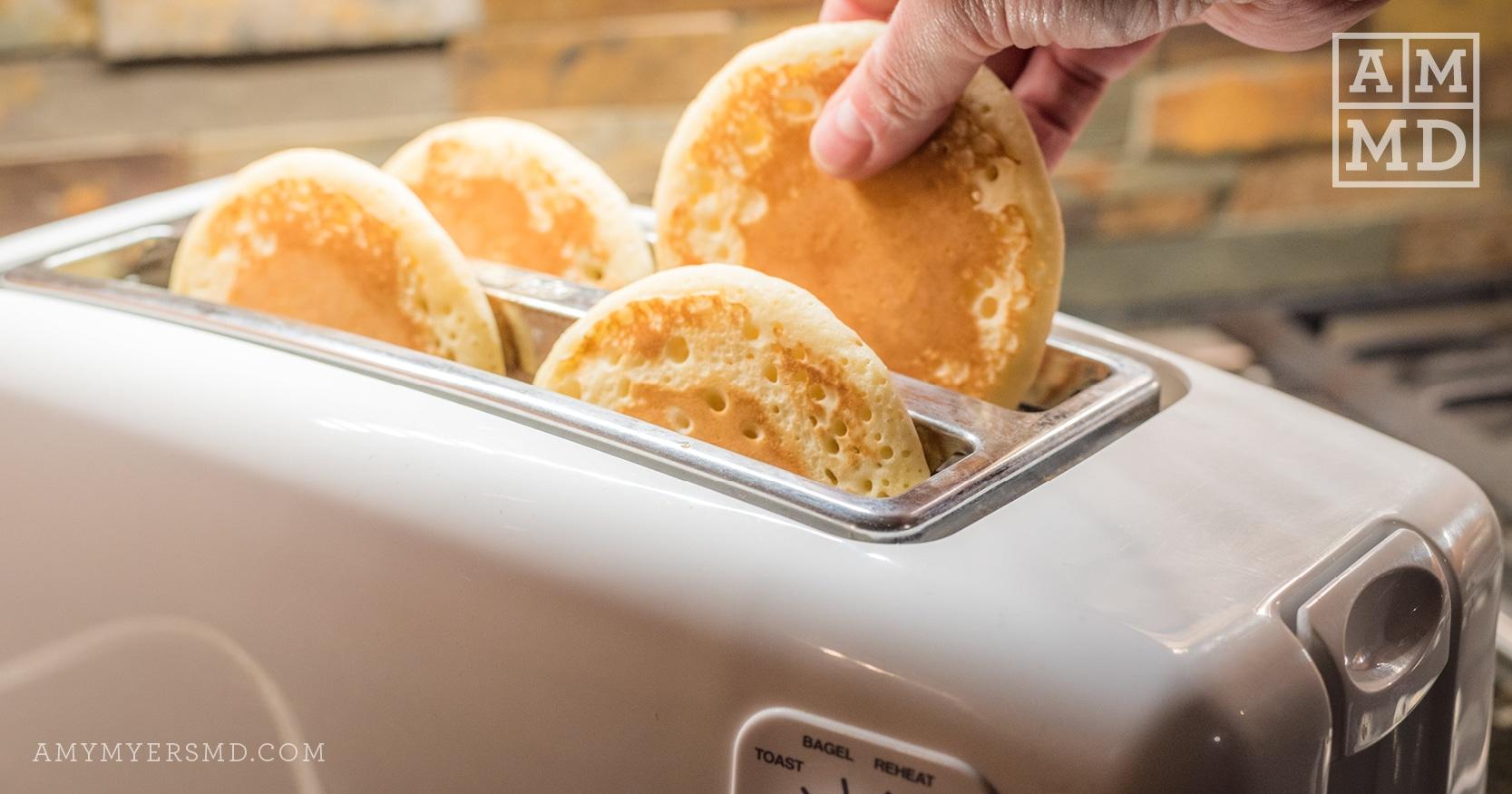So you ditched gluten in order to reclaim your health and feel better. Initially, you felt great, better than you remember feeling in a long time, but now your symptoms are starting to creep back. Maybe you’re feeling a bit sluggish or are seeing minor flare-ups of another medical condition you have that was caused by your gluten intolerance. Could it be that you really are eating gluten without even knowing it? The truth is, it’s very likely.
A study published in June 2010 in the Journal of the American Dietetic Association found that in a sampling of 22 grains that were inherently gluten-free, over half of them had evidence of gluten. But how can something that is naturally gluten-free contain gluten?
The answer is cross-contamination. With our highly industrialized food system, there are tons of opportunities for gluten-containing items to come into contact with your naturally gluten-free grains, making them not so gluten-free after all. It can happen in the fields, in the processing plant, during shipping, or in the bulk bins. This is all before these grains even make their way to your home, where there are just as many opportunities for them to come into contact with gluten in your pantry, in the refrigerator, or on kitchen counters.
Of course, you can always make wise food choices and select food items that are as minimally processed as possible, but you will never have complete control over what happens to your food before it reaches the store or your plate. What you can control is what happens to it once it gets to your house.
In an ideal world, everyone who goes gluten-free would have their own gleaming gluten-free kitchen. In the real world, especially for families, people are often making gluten-free food in the same kitchen where others are preparing gluten-containing foods. Here are some tips for eliminating gluten cross-contamination in a shared home.
 Dr. Amy Myers
May 17th, 2013
https://content.amymyersmd.com/article/tips-to-avoid-gluten-cross-contamination/Keep Calm It’s Gluten-Free – Infographic – Amy Myers MD®
Dr. Amy Myers
May 17th, 2013
https://content.amymyersmd.com/article/tips-to-avoid-gluten-cross-contamination/Keep Calm It’s Gluten-Free – Infographic – Amy Myers MD®1. Buy a separate gluten-free toaster.
Anyone who’s ever cleaned out a toaster knows that they’re crumb havens, and many of those crumbs are gluten-containing crumbs.
2. Keep separate jars of condiments or use squeeze bottles.
When someone spreads mustard onto their non-gluten-free bread and double dips, gluten inevitably finds its way into the mustard jar that you will later use to make your gluten-free sandwich.
3. Use different sifters and strainers.
Buy one strainer for gluten-free flours and pastas and one for regular flour and pasta.
4. Beware the cutting boards and counters!
Gluten is a pretty sticky protein that likes to linger. It is best to have a separate cutting board for preparing gluten-free foods, and it is important to always thoroughly wash cutting boards and counters to eliminate traces of gluten.
5. Consider getting a separate set of pots and pans.
If you are extremely confident in your ability to wash your pots and pans incredibly well after every gluten-contaminated use, then this might not be necessary. If you, like many of us, are a mere mortal, it is a good idea to have another set that you store separately.
6. Use separate fryers and oil for frying breaded items and un-breaded items.
This is something that is important to keep in mind when eating at a restaurant as well!
7. Label all of your gluten-free containers, utensils, and foods.
With your separate toaster, cutting board, and strainer it might be easy to accidentally pick up the wrong kitchen tool by mistake. It’s always a good idea to opt for a simple solution, so consider sticking with the same color or shape of dots or labels so that items are easily identified.
8. Store gluten-free items above gluten-containing ones.
Gluten particles can fall or settle into your gluten-free food, so store gluten-free items above gluten-containing ones in the refrigerator and the pantry.
9. Think twice before bringing home and storing goods from the bulk bins.
Bulk bins are notorious for cross-contamination. Check the bin for labels telling you the item was prepared in a facility that processes gluten, allergens, etc. If you start looking for labels and your symptoms still don’t improve, try switching to the packaged but unprocessed versions and see if your symptoms subside. If so, it’s possible a non-gluten-free item was stored in that bin in the past and it wasn’t properly cleaned.
